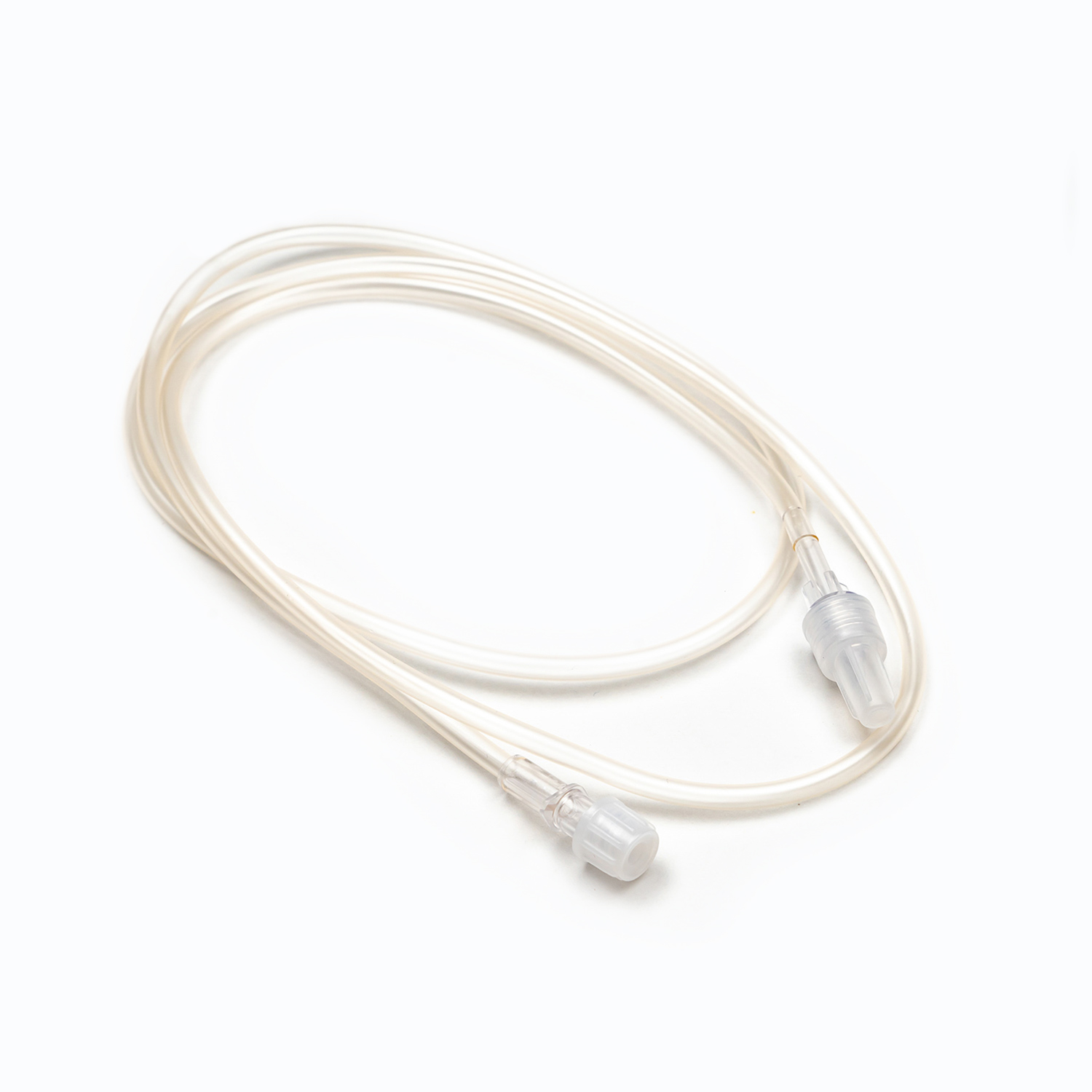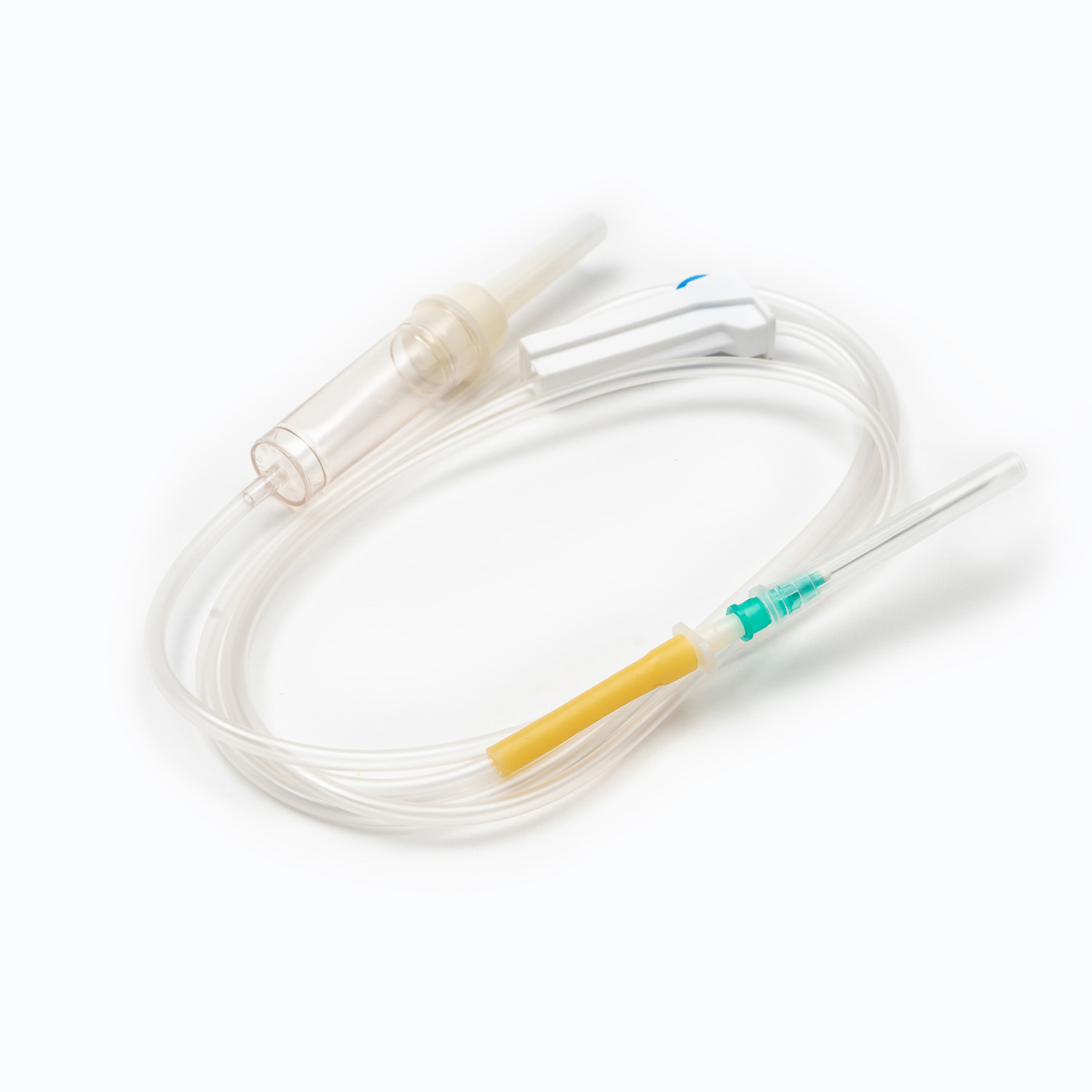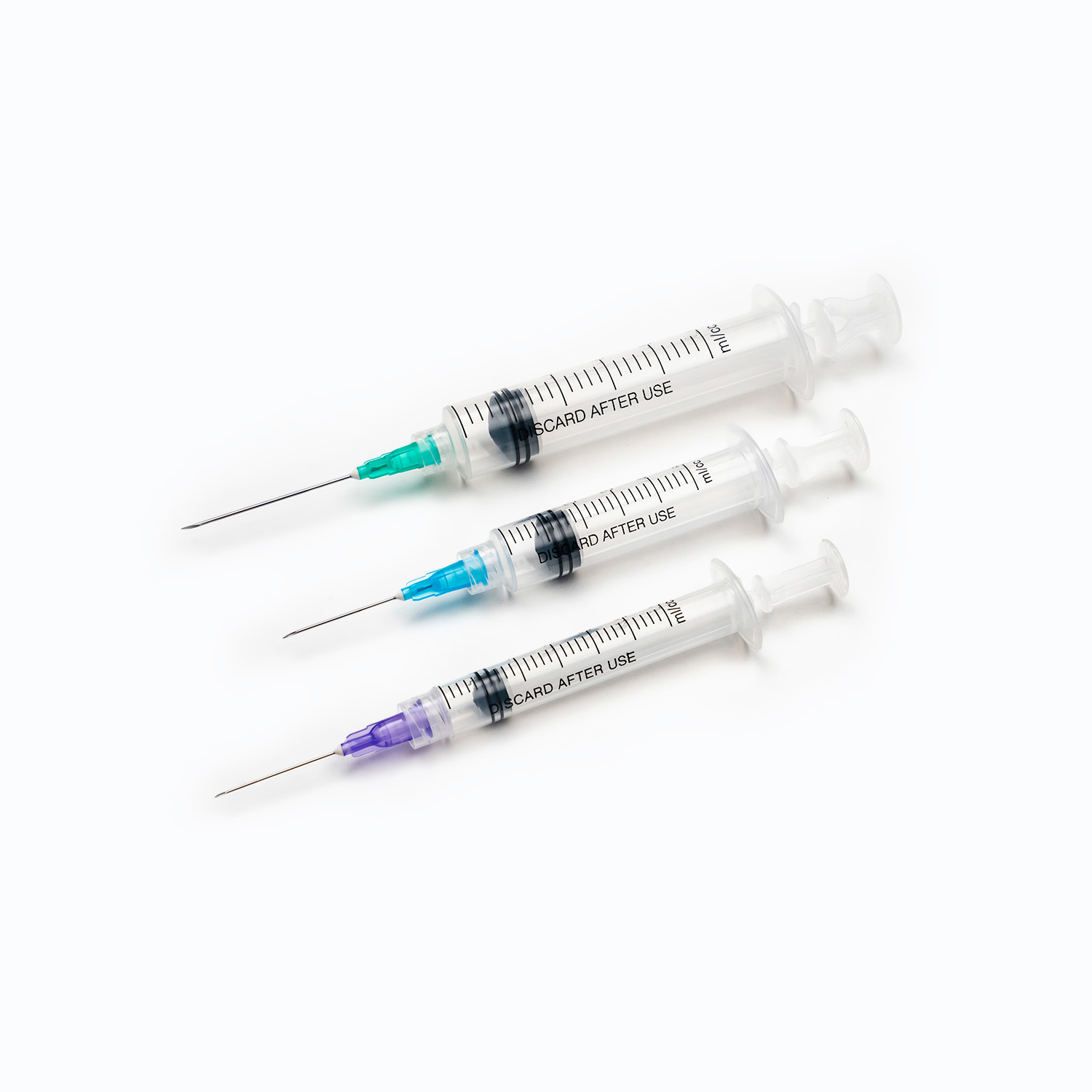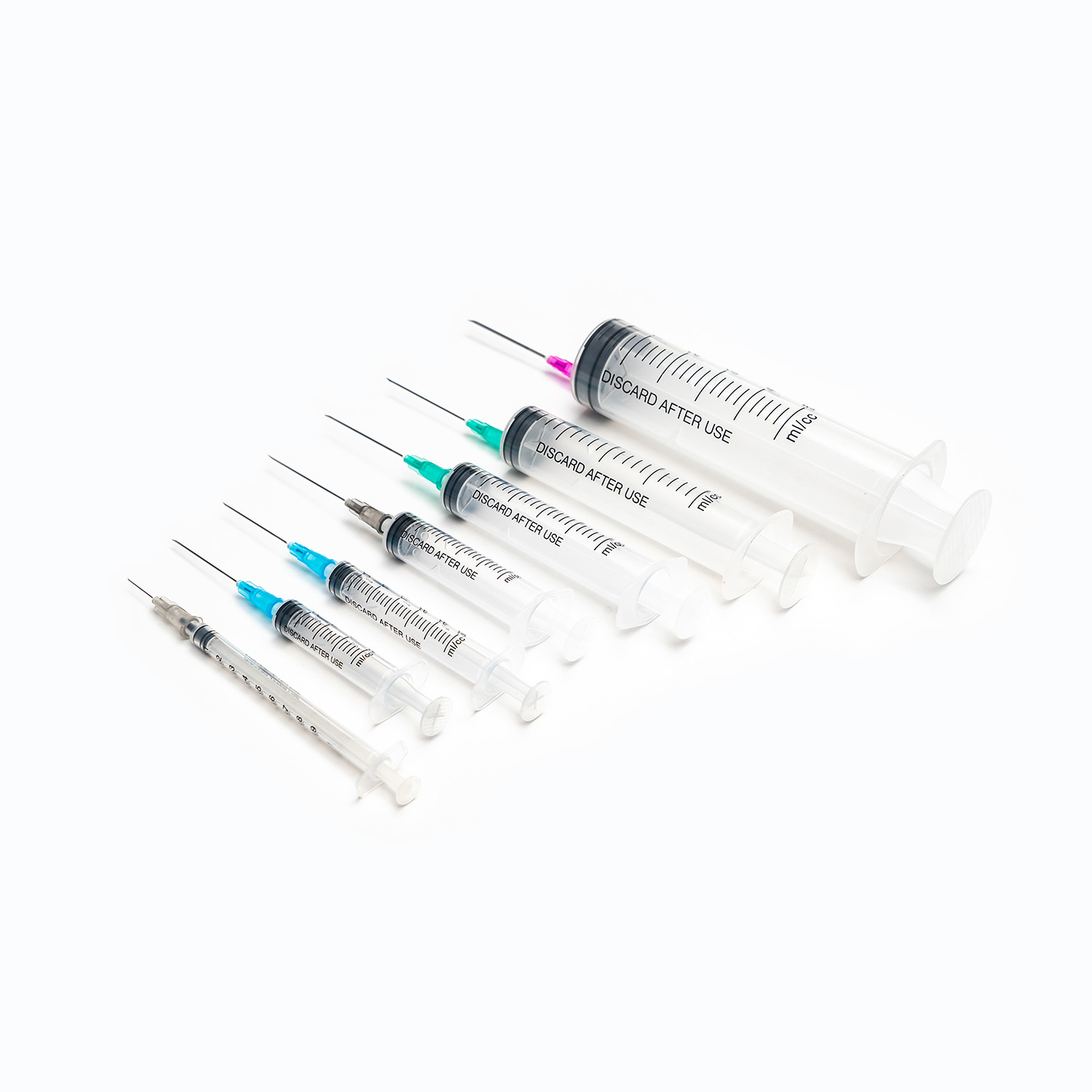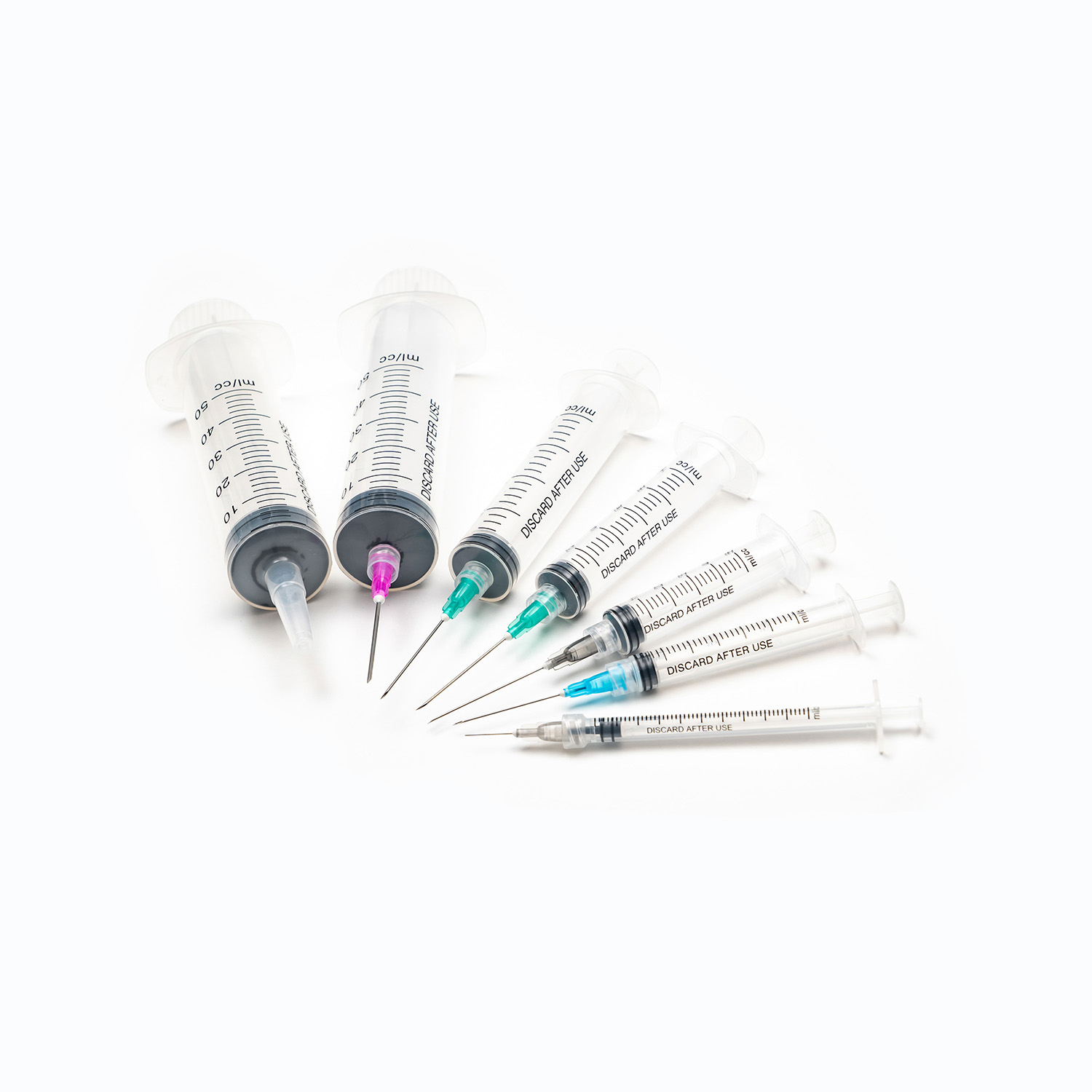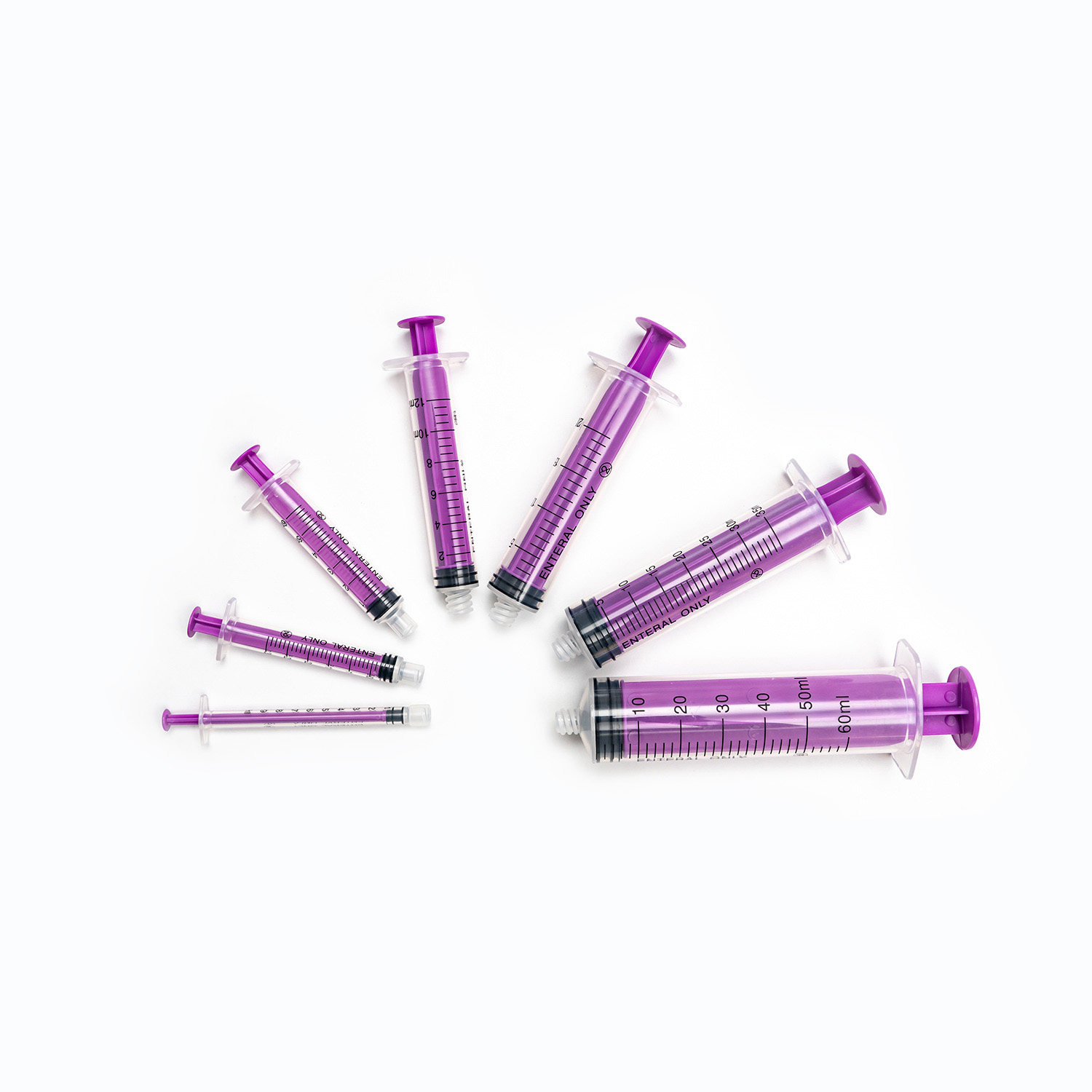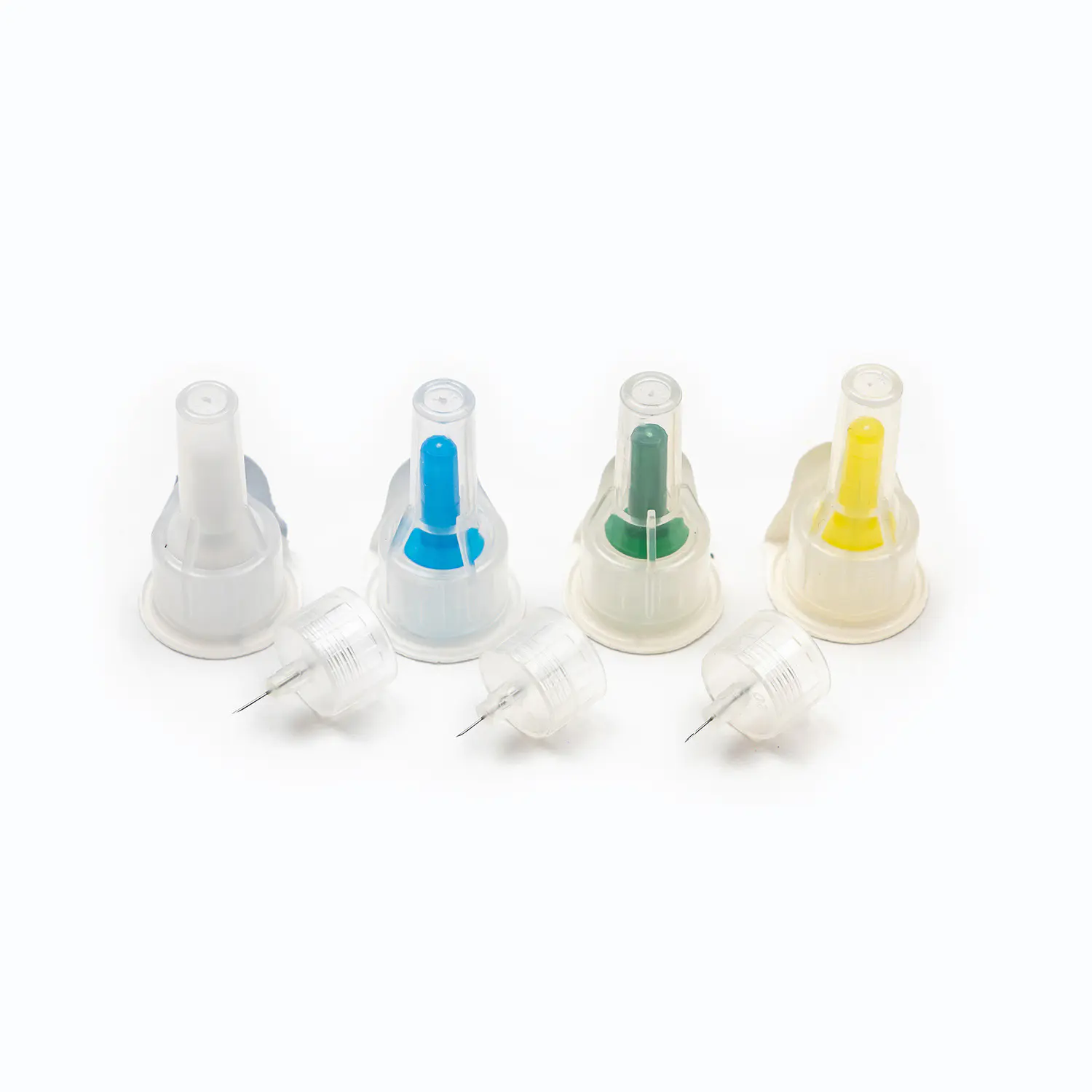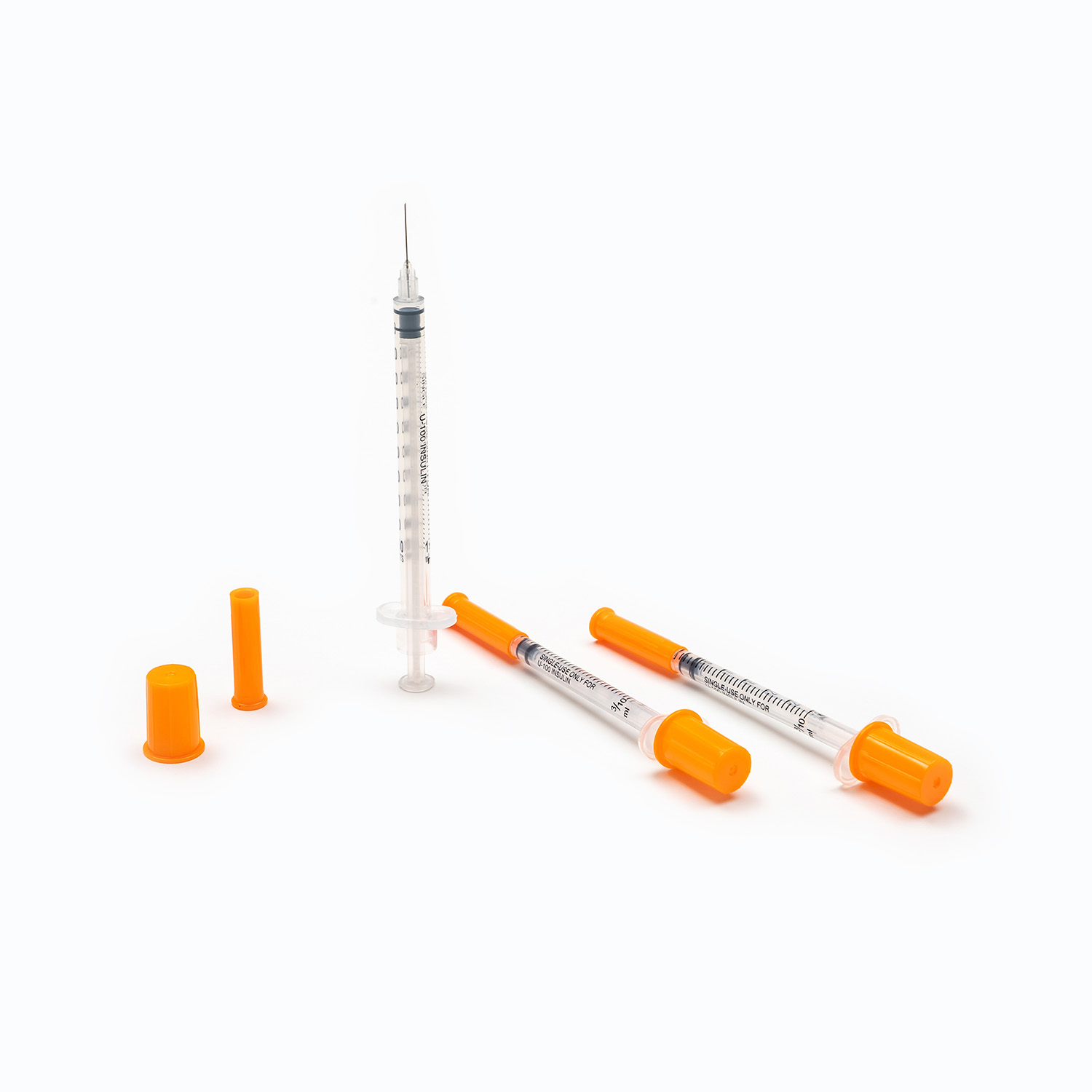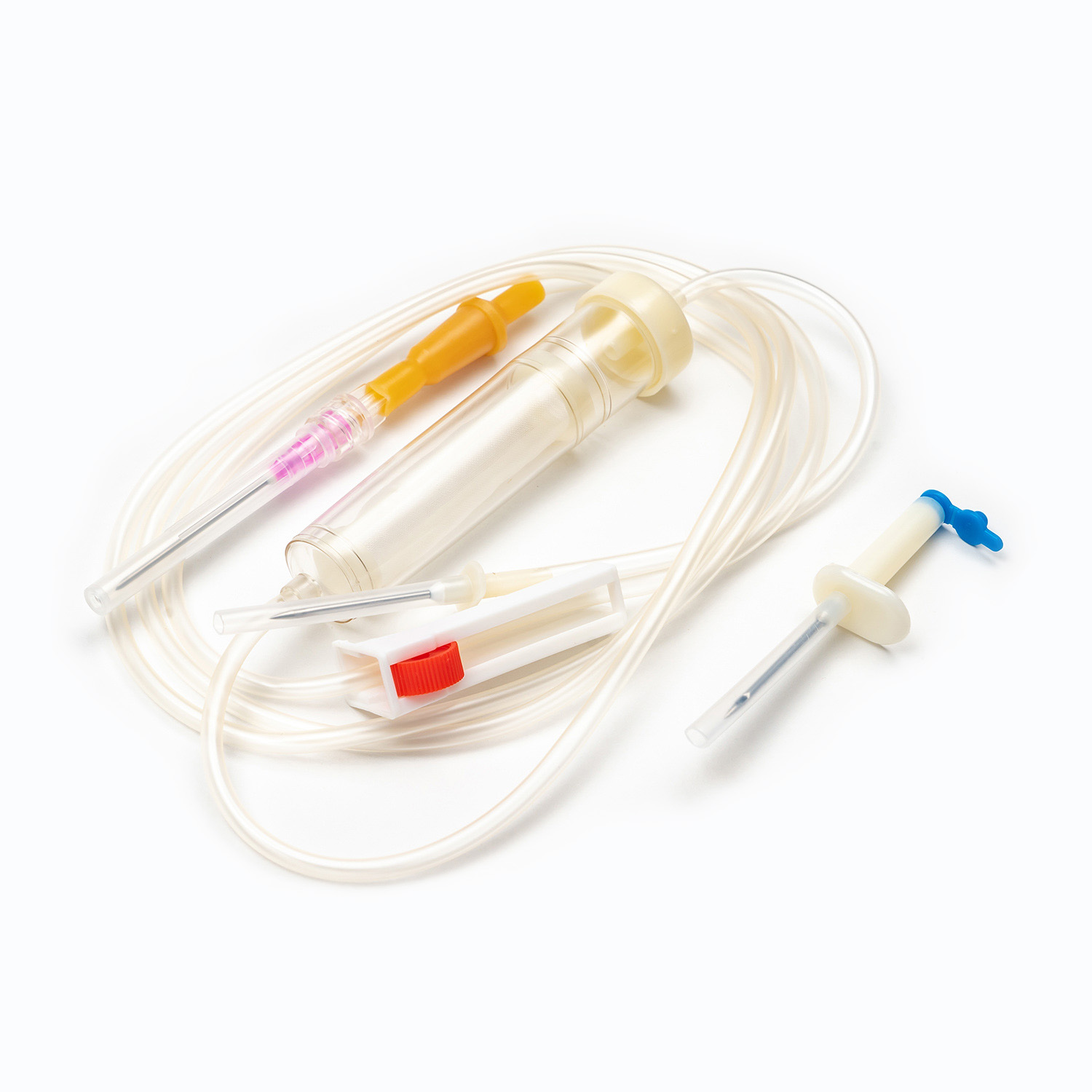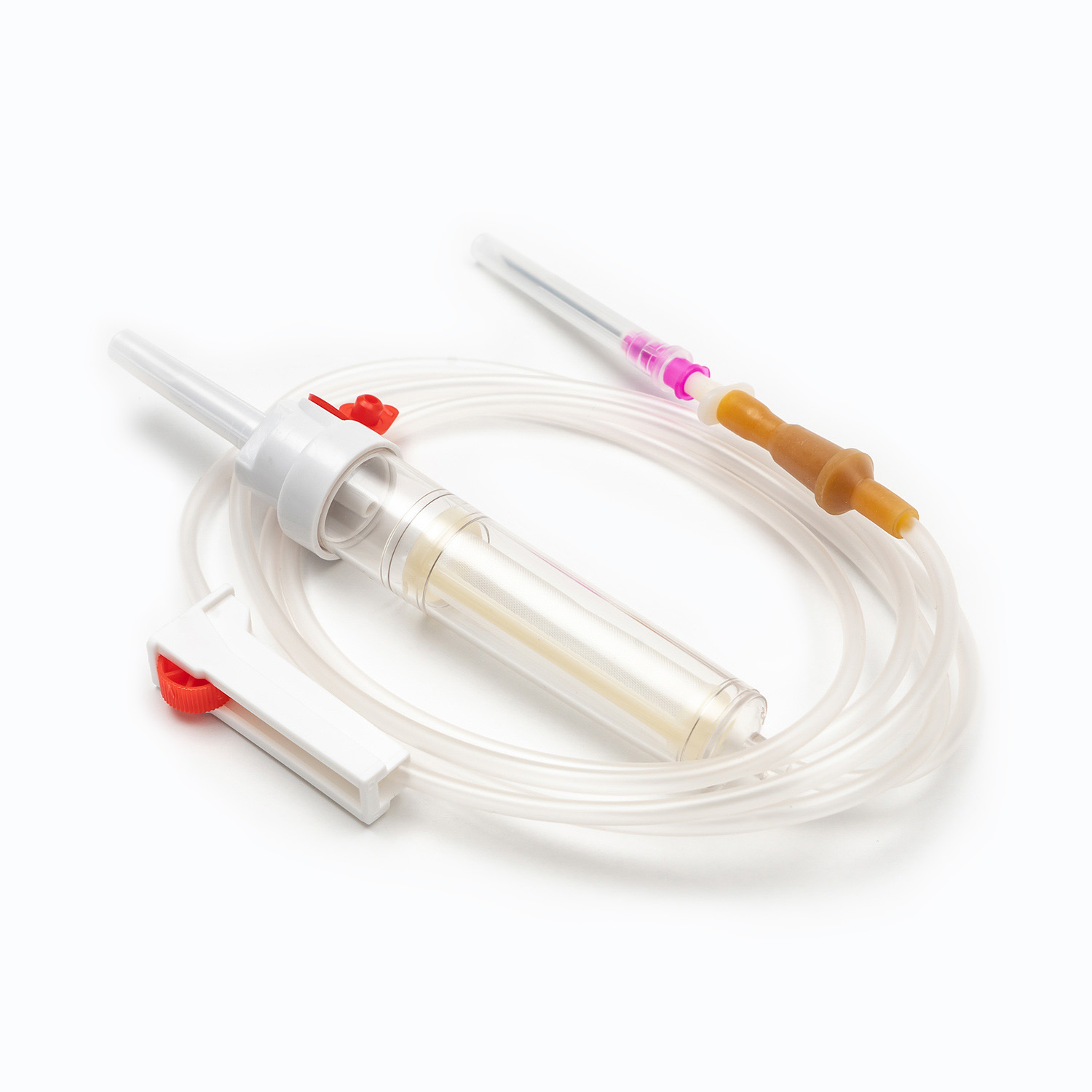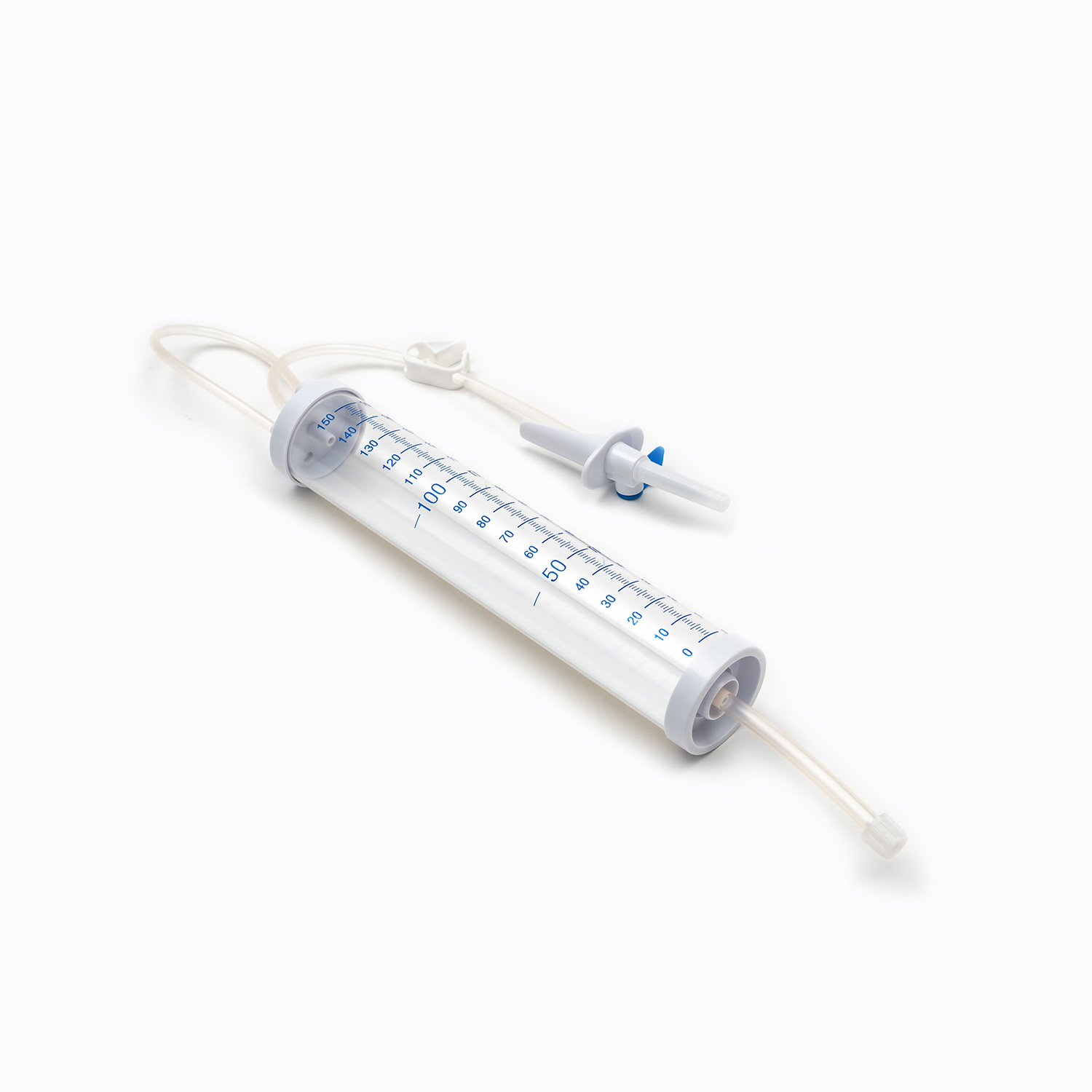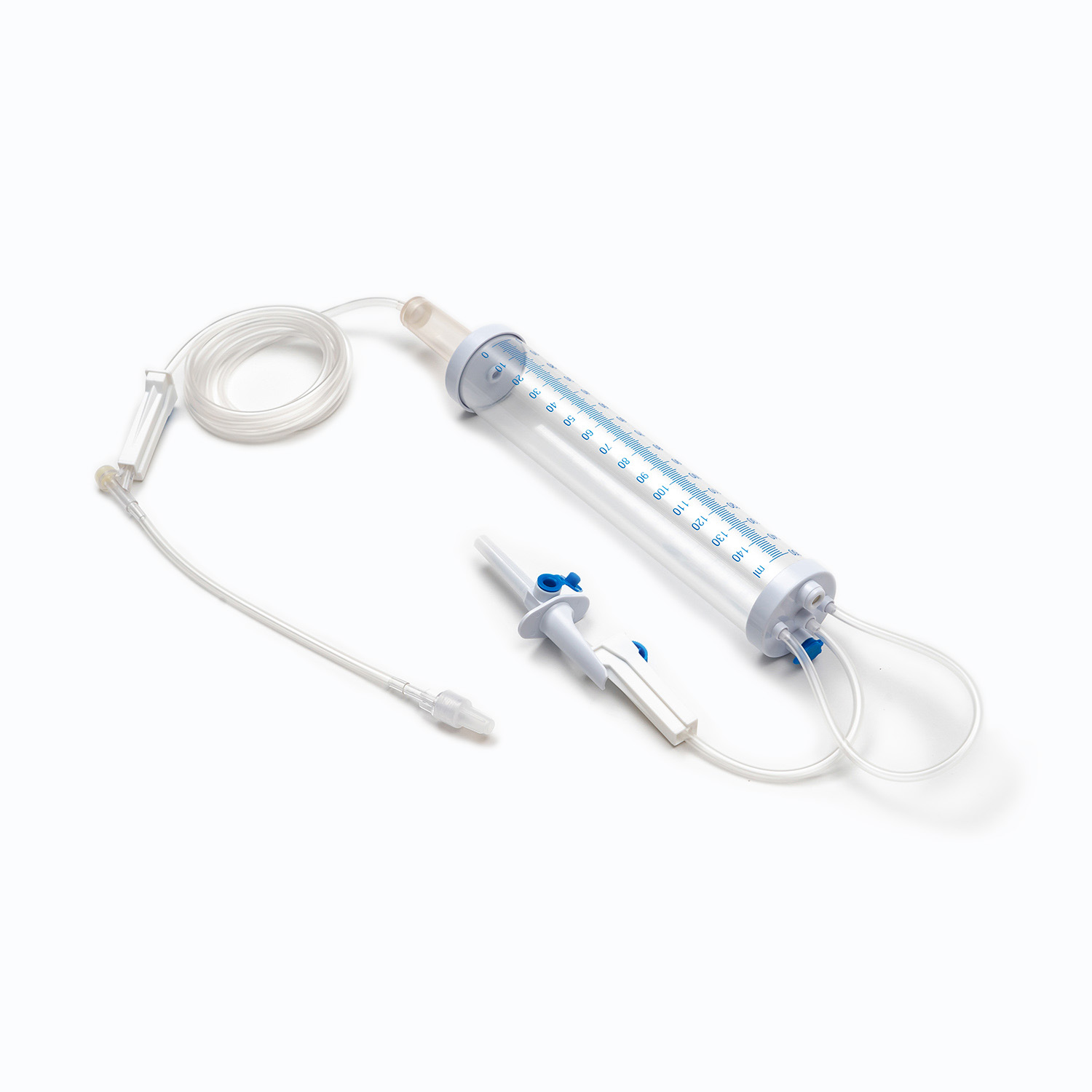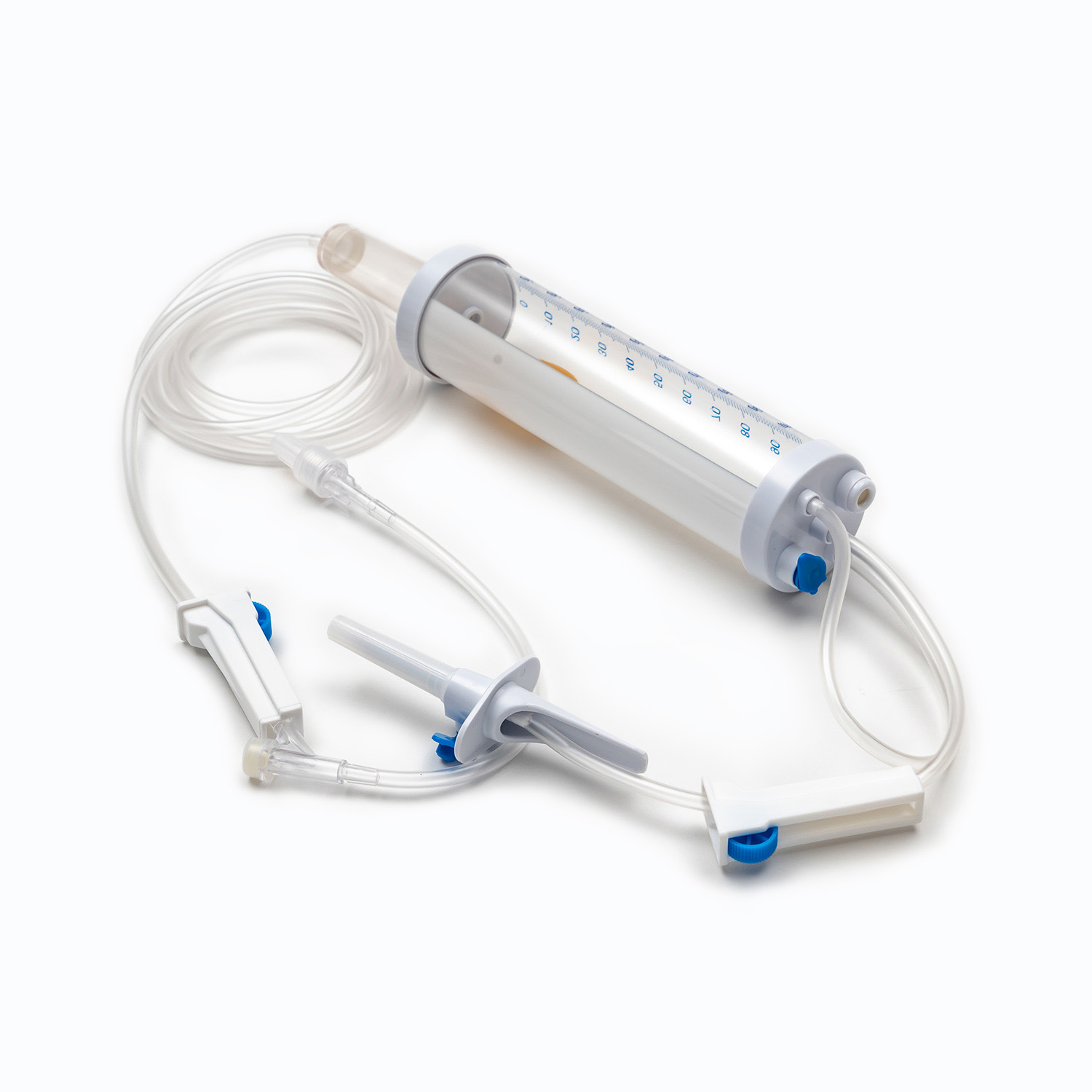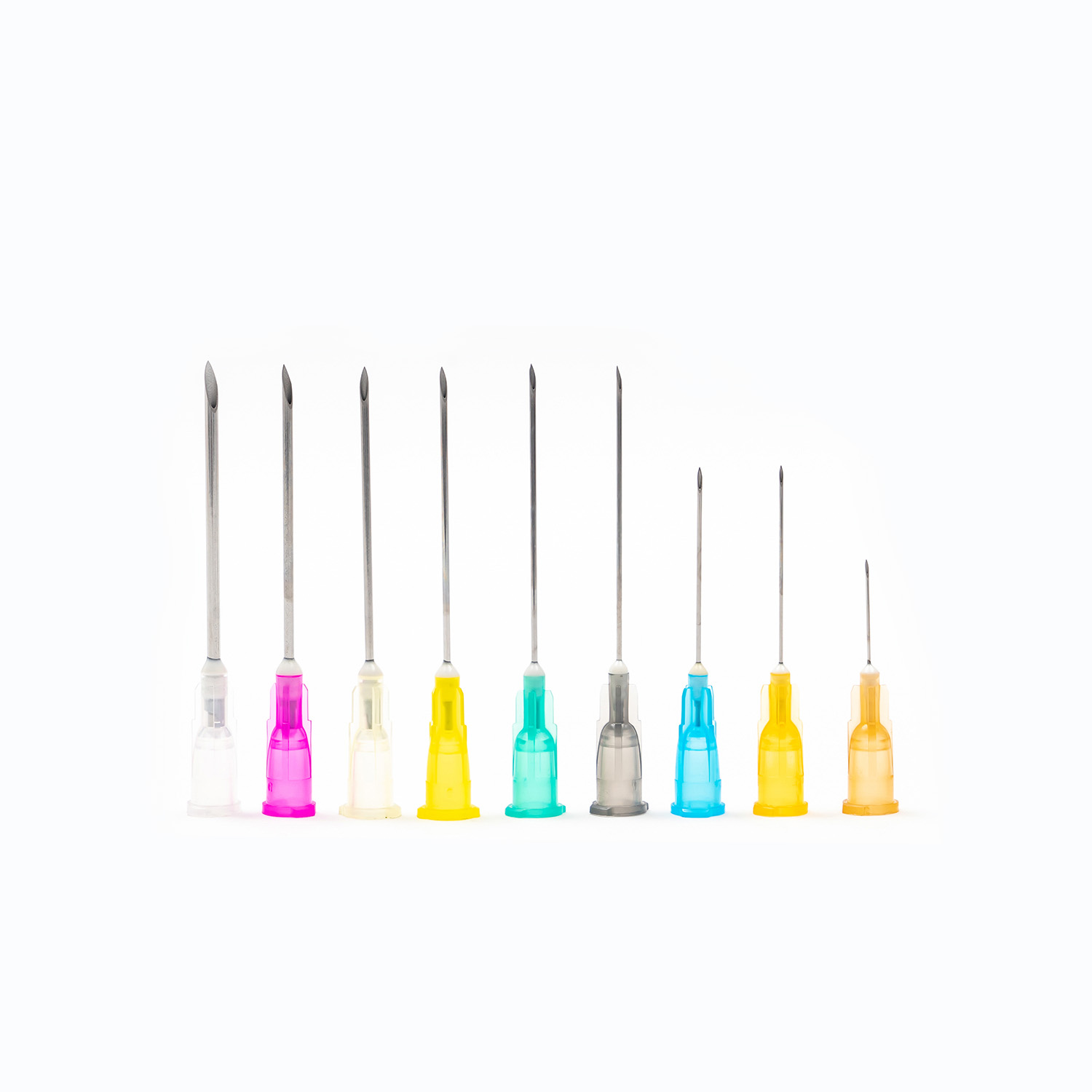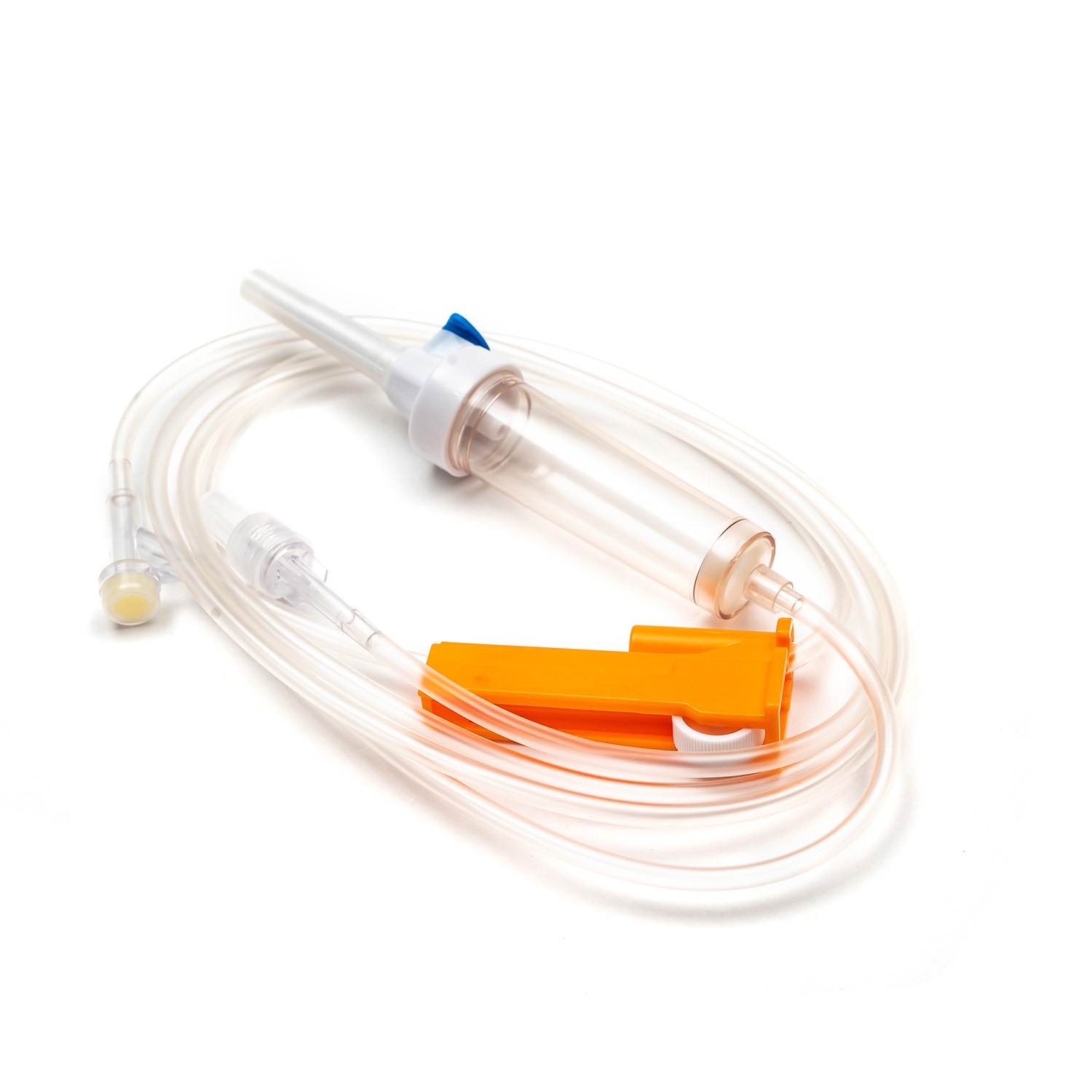Beyond the Injection: How Modern Infusion Sets Offer Freedom and Comfort
Aug 01,2025
Decades ago, managing a condition like Type 1 diabetes meant a life of frequent, painful injections. Today, thanks to incredible advancements in medical technology, many people can manage their condition with greater freedom and flexibility. One of the most critical tools in this revolution is the infusion set.
At its core, an infusion set is the tiny, discreet delivery system that connects an insulin pump to your body. It consists of a thin tube, a small cannula, and an adhesive patch. Its purpose is simple: to provide a continuous, reliable way to deliver insulin without the need for multiple daily injections. For those who rely on pump therapy, understanding and properly using an infusion set is key to a healthier, more predictable life.

Section 1: Anatomy of an Infusion Set
While infusion sets may appear simple, they are made up of several key components that work together seamlessly.
- Cannula: This is the most critical part of the set. It's a very thin, flexible tube that is inserted just under the skin into the subcutaneous tissue, where it delivers the insulin. Cannulas are typically made of either soft Teflon or steel. Soft cannulas are the most common and are preferred for their comfort and flexibility. Steel cannulas are less common, but they can be a good option for individuals who experience frequent kinking or bending with soft sets.
- Tubing: This is the flexible line that connects the cannula to the insulin pump. It's designed to be lightweight and discreet. Tubing comes in various lengths to suit different lifestyles and preferences, allowing you to place your pump wherever is most comfortable for you.
- Adhesive Patch: This is the small, sticky pad that holds the entire infusion set securely in place on your skin. Modern adhesives are designed to be durable enough for daily activities like showering and exercising, while also being gentle on the skin.
- Connector: The connector is the piece that allows you to easily attach and detach the tubing from the cannula. This is a game-changer, as it allows you to temporarily disconnect your pump for activities like swimming or showering without having to remove the entire set.
Section 2: Types of Infusion Sets
Infusion sets are not one-size-fits-all. They come in a variety of styles to accommodate different body types, lifestyles, and comfort levels. The two main ways they are categorized are by insertion angle and method.
By Insertion Angle
| Type | Description | Ideal For |
|---|---|---|
| 90-Degree Sets | Inserted straight into the skin at a 90-degree angle, often with a spring-loaded inserter. | Individuals with more subcutaneous fat or active people who need a secure, low-profile set. |
| 45-Degree Sets | Inserted at a 45-degree angle. | Leaner individuals or those with less body fat. |
By Insertion Method
| Type | Description | Advantages |
|---|---|---|
| Manual Insertion | The user manually pushes the cannula into the skin. | Offers complete control over speed and depth of insertion. |
| Automatic Insertion | A specialized insertion device (serter) assists with the process. | Faster and more consistent insertion. |
Section 3: The Infusion Set in Action: How It Works
Using an infusion set is a routine that becomes second nature, but it's important to follow the correct steps to ensure safety and effectiveness.
- Site Preparation: The first step is to choose a new insertion site. Rotate your sites to prevent scarring and to ensure consistent insulin absorption. Once a site is chosen, clean the area with an alcohol wipe and allow it to dry completely.
- Insertion: Following the instructions for your specific set, insert the cannula into the prepared site. If you have an automatic inserter, this is where you'll use it.
- Connecting to the Pump: Once the set is in place, attach the tubing's connector to the cannula. The pump will then be primed to remove any air bubbles from the tubing before you begin insulin delivery.
- Medication Delivery: With the set and pump connected, the pump can begin delivering both basal (continuous) and bolus (mealtime) doses of insulin.
- Disposal: After the recommended usage time (usually 2-3 days), you'll need to remove the set. Gently peel off the adhesive patch, pull the cannula straight out, and dispose of the entire set safely in a sharps container.
Section 4: Best Practices and Troubleshooting

To get the most out of your pump therapy and prevent complications, it’s essential to follow best practices.
- The Importance of Site Rotation: This cannot be stressed enough. Continually using the same site can lead to lipohypertrophy, which is the formation of lumps of fat tissue under the skin. This not only looks bad but also impairs insulin absorption, leading to unpredictable blood sugar levels.
- How Often to Change: Most manufacturers recommend changing the infusion set every 2 to 3 days. It's crucial to follow this guideline to reduce the risk of infection and to maintain optimal insulin delivery.
- Common Issues and Solutions:
- Kinked or Bent Cannula: If your blood sugars are suddenly high and unexplained, a kinked cannula is a likely culprit. Check the site for a visible kink and if you find one, remove the set and insert a new one immediately.
- Leaking at the Site: If you notice insulin leaking around the adhesive patch, it could mean the cannula is not properly seated. This often happens if the insertion site was not dry or if the set was tugged. Replace the set and choose a new site.
- Pain or Irritation: Pain can happen if you hit a nerve or muscle. Irritation can occur from adhesive allergies or if the set is old. Try a different site, consider a new set type, or use a skin prep product.
Section 5: Choosing the Right Set for You
Finding the perfect infusion set is a personal journey. Here are some key factors to consider:
- Body Type and Subcutaneous Fat: Leaner individuals might prefer a 45-degree angle, while others may find the security of a 90-degree set to be more comfortable.
- Activity Level and Lifestyle: If you are an active individual, you may want a low-profile set with a very secure adhesive.
- Personal Comfort: Do you prefer manual insertion or an automatic device? Do you feel more comfortable with a soft or steel cannula? These are personal choices that will affect your overall experience.
- Allergies to Adhesives: If you have sensitive skin or a known adhesive allergy, talk to your doctor about hypoallergenic sets or using a barrier wipe.
- Recommendations from a Healthcare Provider: Always consult with your endocrinologist or certified diabetes educator. They can provide personalized recommendations based on your unique needs and help you find the best option.
Conclusion
Infusion sets are a testament to how far diabetes management has come. These small, powerful devices empower people to manage their health with confidence and freedom. By understanding the anatomy of a set, choosing the right type for your lifestyle, and following best practices, you can make your pump therapy as safe and effective as possible, allowing you to live a full and active life.



 English
English Français
Français русский
русский Español
Español
